Welcome to
Liwonde National Park
Home to the Legendary Big Five animals in Malawi
Liwonde National Park is situated at the southern end of Lake Malawi bordering Lake Malombe, and it provides an excellent option for those seeking abundant wildlife with fewer tourists during their travels. The park’s name is derived from Chief Liwonde, who made a significant commitment to safeguarding the wildlife within this Malawian park.
The Liwonde ecosystem is highly diverse, encompassing riverine areas, mipome forests, and grasslands, which collectively support a population of around 17,800 large mammals and host over 380 bird species. Among the large mammals are African buffalo, various antelope species (including Common eland, the endangered sable antelope, and waterbuck), baboons, black rhinoceros, bushbuck, elephants, hippopotamus, impala, kudu, monkeys, and warthogs.
Visitors can explore Liwonde National Park on boat ride, game drives and on foot. However for a successful walking safari arrangements must be made in advance, and during the walk, an armed ranger will accompany you to ensure your safety.
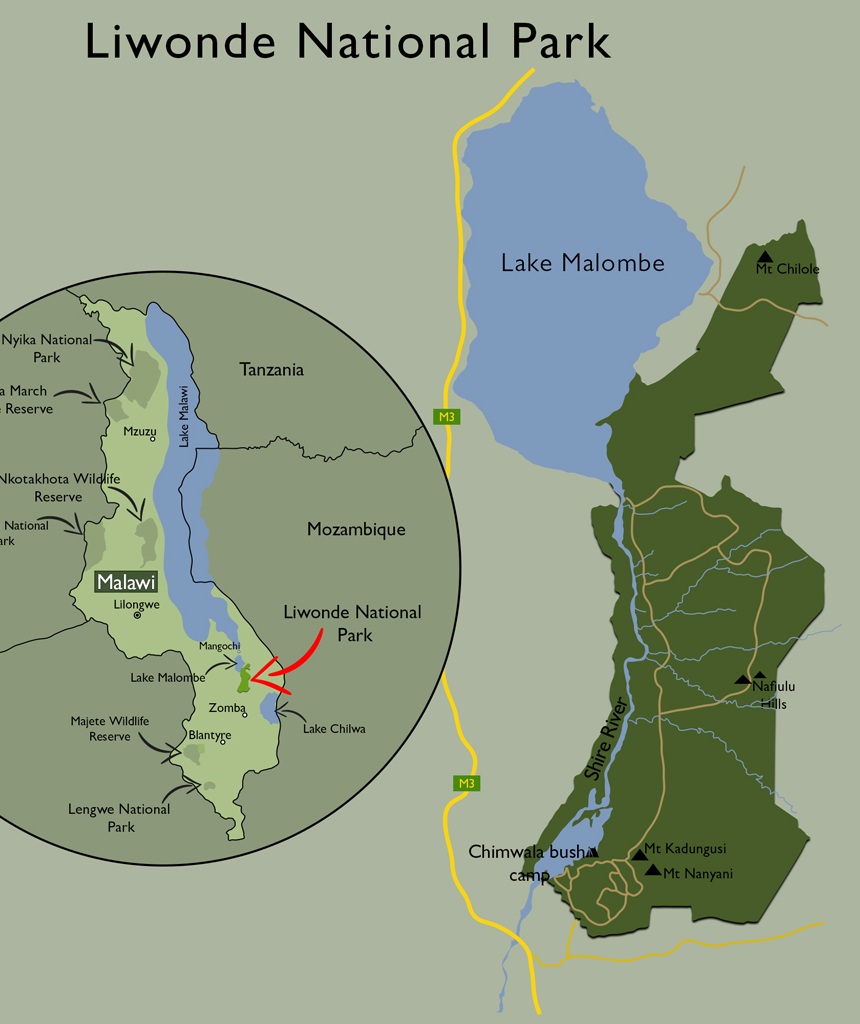
Going on safari in Liwonde National Park
Planning a safari trip to Liwonde National Park? You likely have many questions. What’s the top time to go? What items do you need to pack? Will you spot the Big Five? How can you reach the park? Just as key, how do you pick lodging for a safari you’ll never forget? The sections below cover your questions in full detail.
Feel free to fill out the contact form below if questions remain. We’d love to help you out!
About Liwonde National Park
Your content goes here. Edit or remove this text inline or in the module Content settings. You can also style every aspect of this content in the module Design settings and even apply custom CSS to this text in the module Advanced settings.
Liwonde National Park special offers
Your content goes here. Edit or remove this text inline or in the module Content settings. You can also style every aspect of this content in the module Design settings and even apply custom CSS to this text in the module Advanced settings.
Getting to Liwonde National Park
Your content goes here. Edit or remove this text inline or in the module Content settings. You can also style every aspect of this content in the module Design settings and even apply custom CSS to this text in the module Advanced settings.
Liwonde National Park lodges & Camps
From luxurious lodges to tented bush camps, the diverse range of lodges in Liwonde National Park offers even the most discerning traveler a comfortable place to rest after the excitement of safari.
Liwonde National Park has a wide range of accommodation options. You could choose an incredible, remote tented camp with outdoor showers, open-air facilities, and up-close and personal game interactions. Or you might prefer a luxurious lodge with a deep bath tub, formal dining room, and exquisite plunge pools. You might have some trouble choosing between all these amazing destinations, but keep this in mind: stunning views, excellent bush cuisine, and warm hospitality are the standard at all Liwonde National Park lodges.
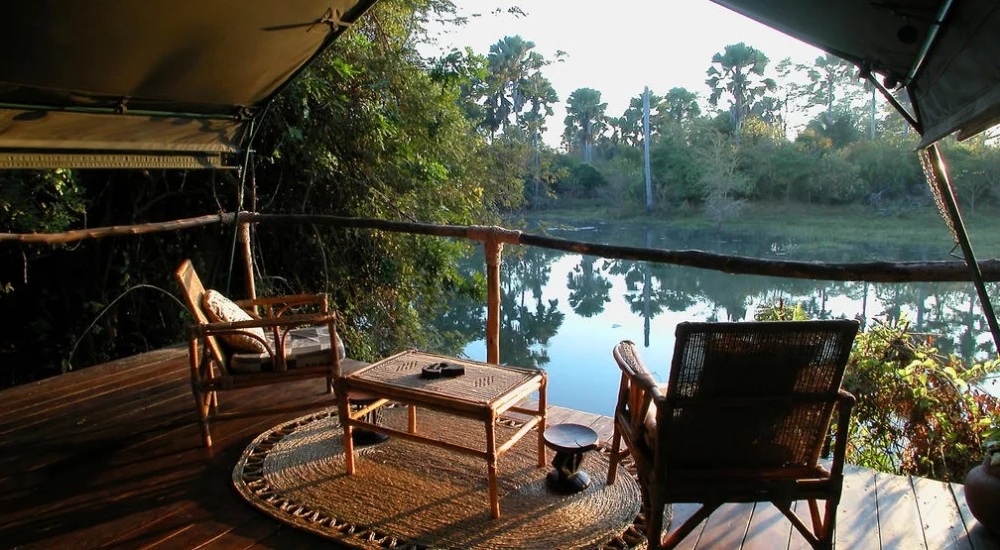
Mvuu Lodge
Mvuu Lodge is a beautiful accommodation located near the Shire River in Liwonde National Park Malawi. This Lodge offer guests a chance to enjoy nature while staying in comfortable rooms that blend with the surroundings.
Read more …..
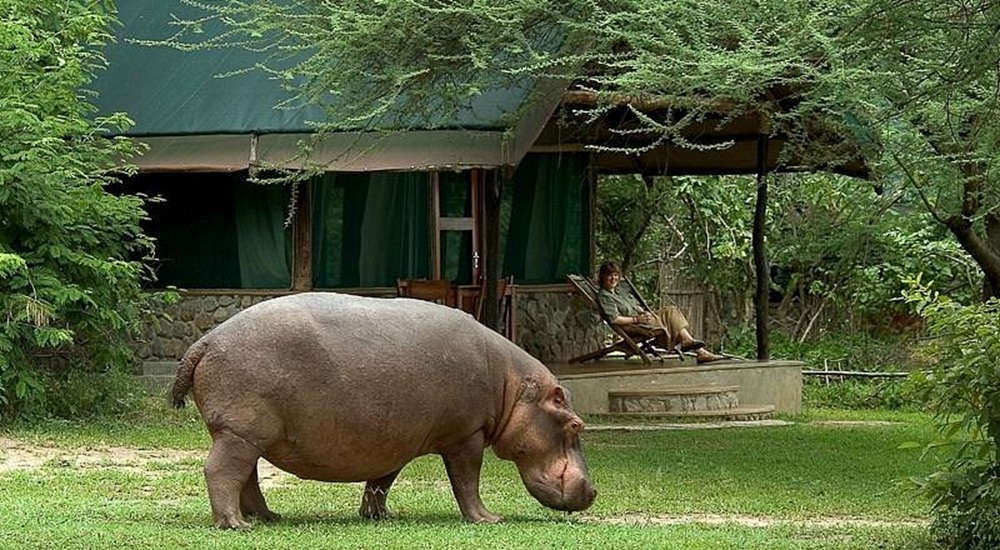
Mvuu Camp
Mvuu Camp is a special place located in Liwonde National Park. It is a cozy camp that offers visitors a chance to experience nature up close. Guests can stay in comfortable tents that blend in with the surrounding trees and wildlife.
Read more …..
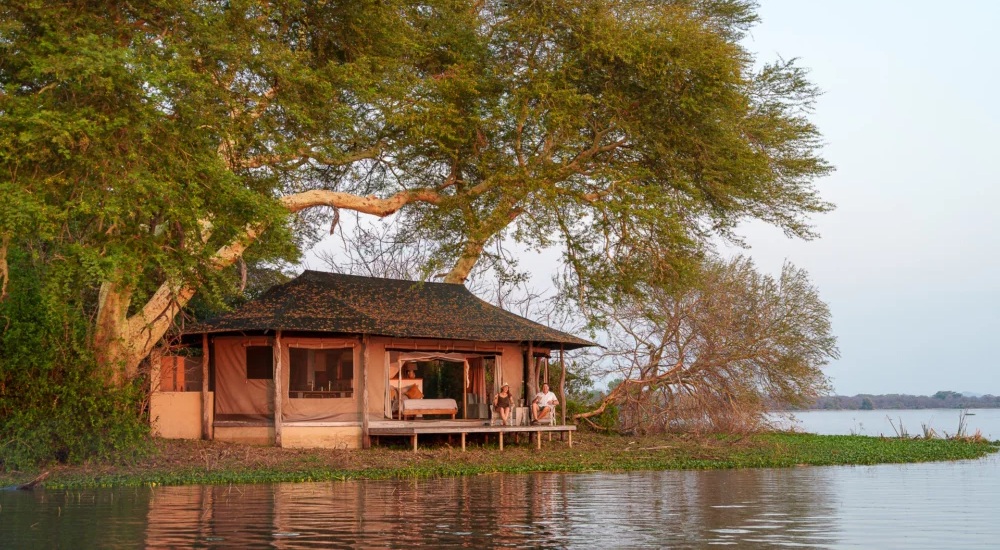
Kuthengo Camp
Kuthengo camp is nestled on the banks of the Shire River within Liwonde National Park. Guests stay in elegantly appointed safari tents, each providing breathtaking views of the river and its bustling banks.
Read more …..
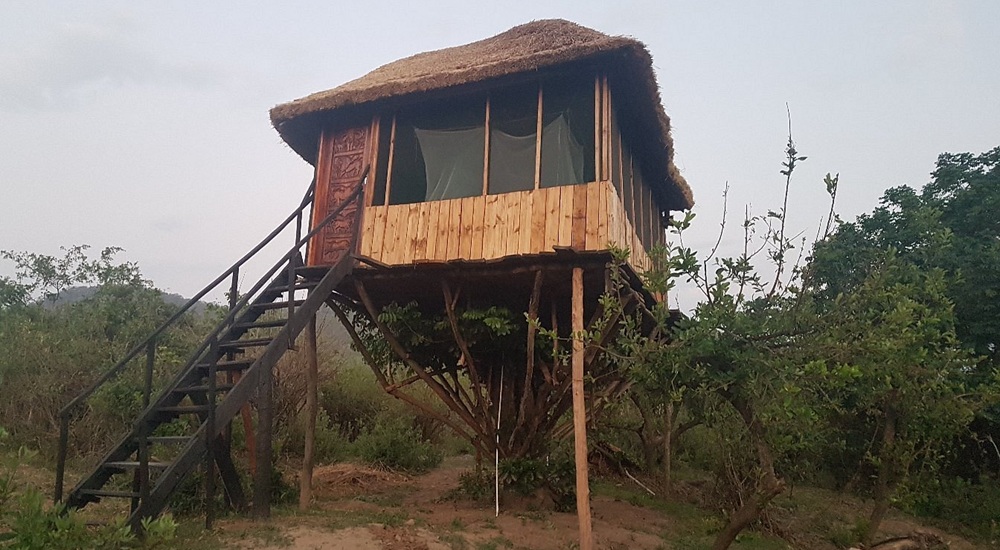
Kutchire Lodge
Kutchire Lodge sits in a quiet corner of the woods, where tall pines whisper in the breeze. Guests wake to birdsong and fresh coffee from the lodge’s cozy kitchen. Rooms feel like home, with soft beds and stone fireplaces that crackle on cool nights.
Read more …..
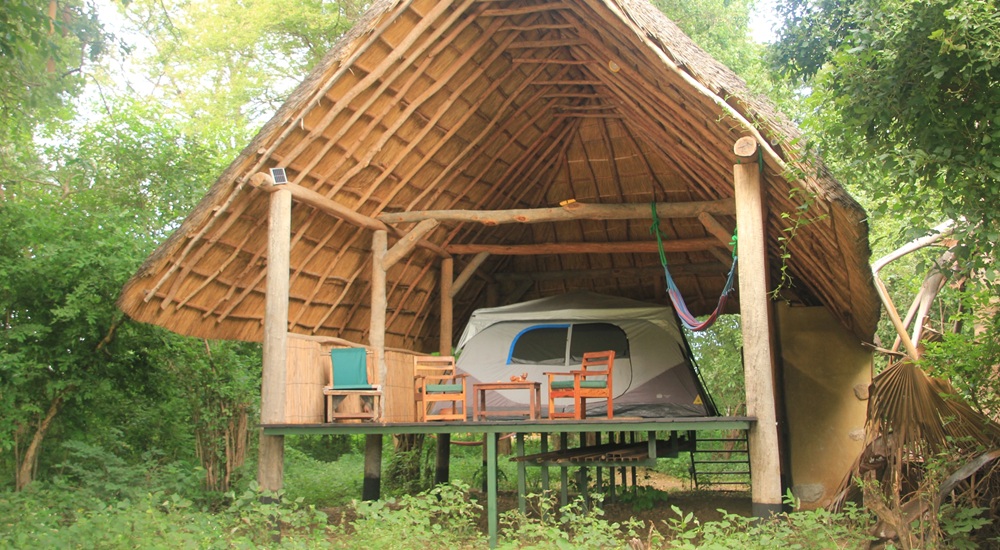
Liwonde Safari Camp
Liwonde Safari Camp sits on the banks of the Shire River in Liwonde National Park. Hippos grunt at night, and elephants roam the bush nearby. Guests wake to hot coffee and a canoe trip where crocs eye the water. Spot lions on game drives or spot birds from a thatched hide.
Read more …..
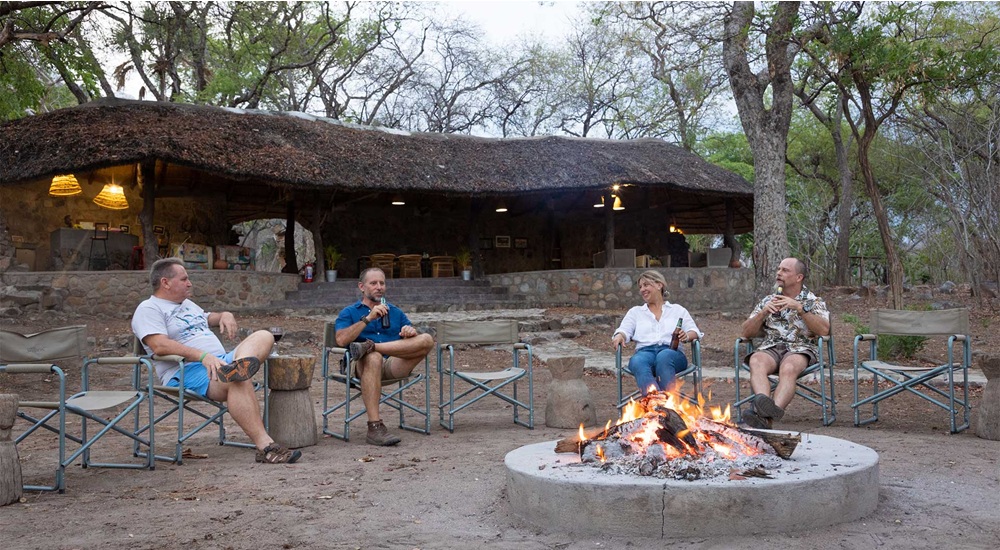
Chimwala Bush Camp
Chimwala Bush Camp sits right in Liwonde National Park on the Shire River’s edge. Guests stay in cozy tents with views of wildlife roaming free. Activities such as game drives, canoeing and walking are offered. Families or solo travelers find peace here, away from crowds
Read more …..
